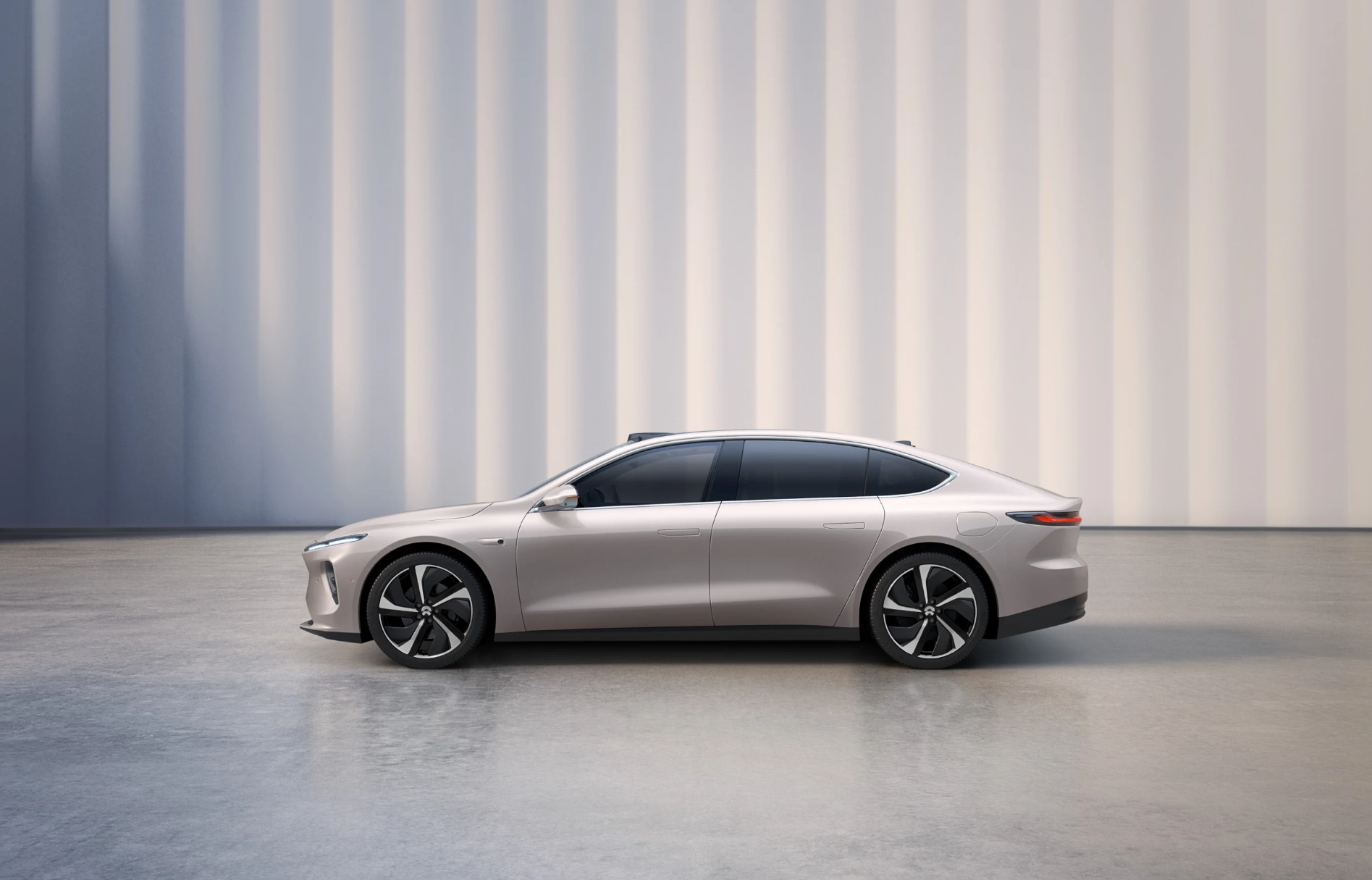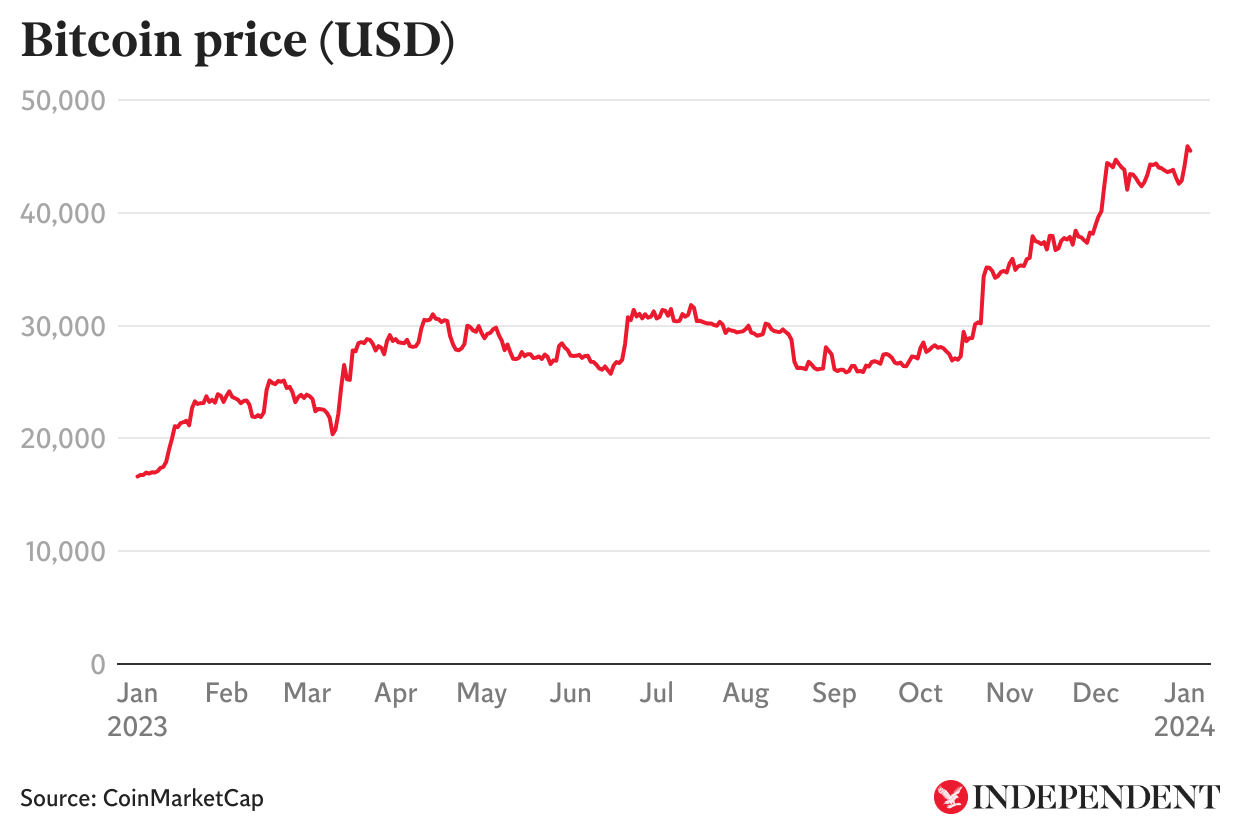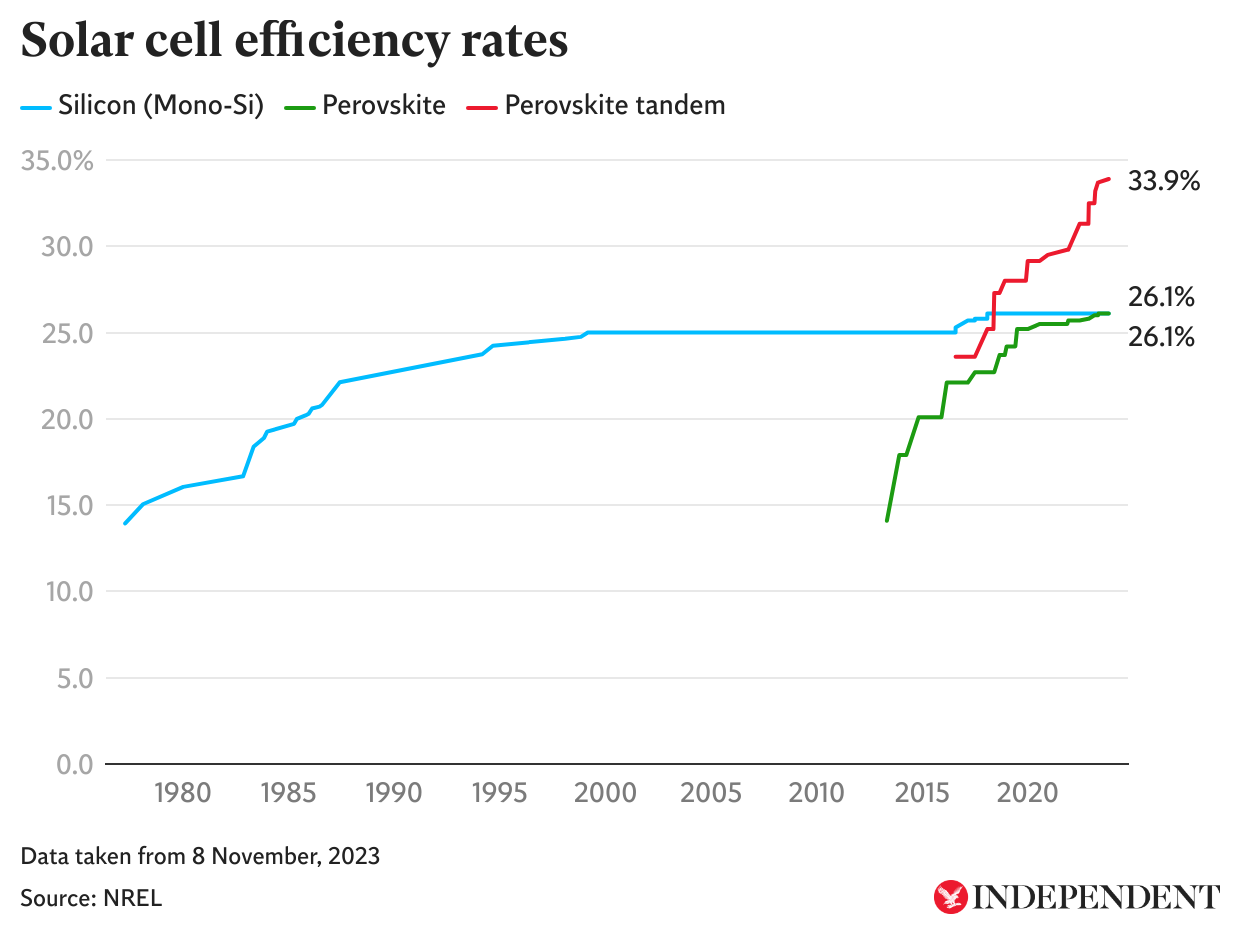Tech to look out for in 2024: the exciting breakthroughs predicted for the year ahead
The 1,000km batteries beating the range of petrol-powered cars, a record-breaking year for crypto and solar power ‘tipping point’ could all arrive this year, writes Anthony Cuthbertson


No more hard work!” the headline proclaimed. An emerging technology meant there would be no more menial labour within the next century, freeing us up for a life of leisure. The year was 1923 and New York scientist Charles P Steinmetz wrote in an article that “the time is coming at the present rate of world progress when there will be no long, back-breaking drudgery, and when people will work not more than four hours a day”.
Steinmetz was writing about the arrival of electricity, believing it would “ease the dull duties of this complex existence”. A hundred years later, and with his prophecy failing to materialise, the same is now being written of AI. Last year proved to be a breakout year for the technology, with some headlines echoing Steinmetz’s sentiment, while others warned of the ever-looming existential threat that the technology potentially poses.
Predictions for electricity, and now AI, illustrate how tricky it is to forecast the future when it comes to technology. Technological progress is not linear, it is exponential. New technologies converge to make others possible, compounding the rate of progress until even the rate of exponential growth becomes exponential.
With this in mind, rather than looking forward 100 years, here are five technologies we can expect to see over the next 12 months.
1,000km batteries
The first prediction is already on its way to happening, though it comes with a caveat.
Last month, an electric carmaker in China demonstrated a new battery capable of powering a vehicle for more than 1,000km on a single charge. Even better, the company said the next-generation battery would enter mass production in April 2024, providing more range than any other car currently on the market – both electric and fuel-powered. The only drawback is that Nio’s battery is likely to be limited to its own vehicles to begin with, with customers expected to sign up to an unorthodox battery-swap system.

Other good news for batteries in 2023 was that prices continued to plummet. The falling costs of EV batteries means they are approaching price parity with fossil fuel-burning vehicles. “The energy and transport revolution continues,” energy analyst Gerard Reid wrote on LinkedIn in September. “Going forward we will see even lower costs and better performance, which is why the death of the internal combustion engine is near.”
You can read more about how battery breakthroughs are about to trigger a transport revolution in our long read here.
A record-breaking year for crypto
After a dire year for bitcoin and the broader cryptocurrency space in 2022, last year was a period of consolidation and rebuilding. After starting 2023 below $17,000 (£13,500), bitcoin rose more than 150 per cent to reach above the $40,000 level by the end of December.
It has been an equally positive start to 2024, with bitcoin now above $45,000 for the first time since April 2022. The upward trend has been spurred on by optimism surrounding a potential approval of a bitcoin exchange-traded fund (ETF), which would open the crypto market to billions of dollars worth of institutional investment. The US Securities and Exchange Commission (SEC) is set to make the first decision on 13 ETF applications in the coming weeks, in a move that could redefine the entire industry.

Another reason why analysts and investors are hopeful for 2024 is the arrival of a “halving” event in April. This will see the number of new bitcoins minted by miners slashed in half, with the three previous halvings in the cryptocurrency’s history preceding a record-breaking price rally.
Renewables pass ‘tipping point’
In October 2023, energy think tank Ember reported that half the world’s economies had passed a peak in fossil power. It follows massive investment in solar, wind and hydropower, while advances in nuclear fusion offer even more hope for further in the future. The push has mainly come from developed countries who can afford to switch from fossil fuels, however researchers predict that it will not be long before solar energy reaches an “irreversible tipping point” that will make fossil fuel-generated power no longer economically viable.
When this moment occurs, polluting power sources will be phased out completely. A Berlin-based research institute found that this is already happening in some parts of the world where solar power is abundant, helping to supercharge the transition that it claims will make fossil fuels obsolete by 2050.

New records for solar panel efficiency rates mean this is making the power source increasingly popular in even the most adverse of climates.
AI election interference
It won’t all be good news in the world of technology, with AI’s power to disrupt and potentially impact the results of more than 60 elections taking place around the world in 2024. Dubbed the biggest global election year in history, an estimated 4 billion people will head to the polls to vote in presidential, legislative and local elections this year.
This mass demonstration of democracy coincides with the rise of generative AI, with voice cloning and deepfake tools now widely available for anyone to take advantage of. Unfortunately, the tools to counter such threats do not yet exist, while a lack of understanding of the issue means voters could be tricked by fake videos and images of candidates that could compromise the integrity of entire elections.
A report six months ago by the Brennan Center for Justice warned that the “rampant spread of disinformation” required safeguards, however none have yet been forthcoming.
Apple’s mixed reality
The big consumer tech news for 2024 is the arrival of Apple’s long-awaited mixed-reality headset, the Vision Pro. Announced at the US tech giant’s Worldwide Developer Conference last year, the release date is expected to be later this month (27 January if the latest rumours are to be believed).

Its capabilities are undeniably impressive, and the implications for how it might be used are profound: recording and sharing moments in picture-perfect detail; making remote working feel like it’s in-person; and heralding a new era of so-called spatial computing. It could ultimately mean the end of the line for the smartphone, however with an anticipated retail price of $3,500 it is unlikely to reach the mainstream – at least not for now. As the technology develops, future iterations will likely be far more affordable, and therefore impactful.
Join our commenting forum
Join thought-provoking conversations, follow other Independent readers and see their replies
Comments